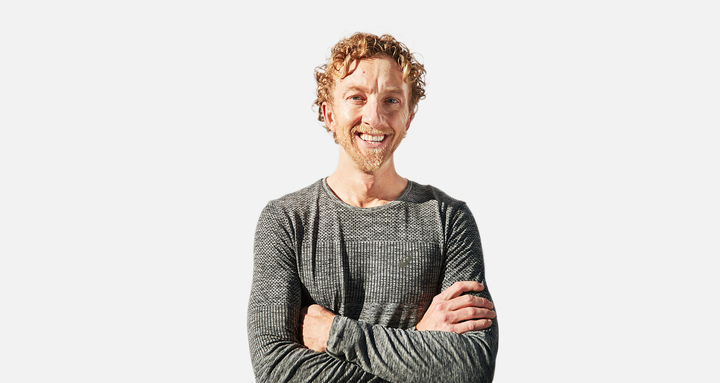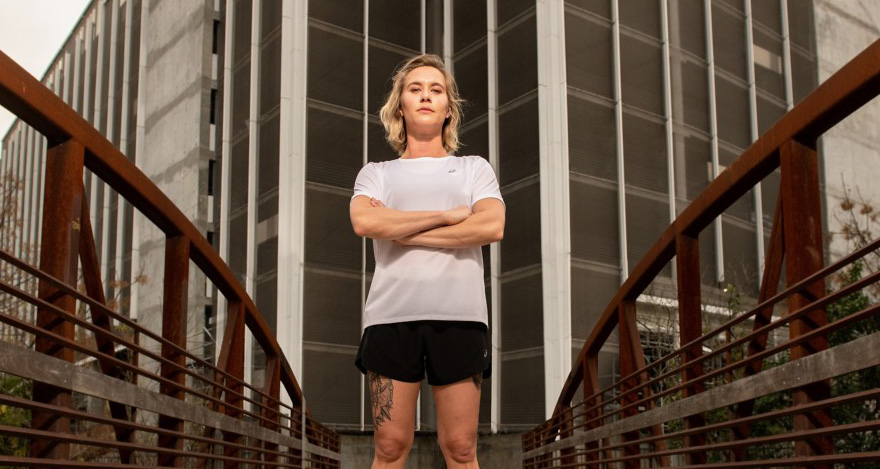Resiliency is a word and idea that is getting a lot of traction these days, and for good reason. The last 18 months have been unlike anything most of us have ever witnessed before. COVID-19 has not only put tremendous strain on our physical well-being, and of course our medical communities, but the mental health impacts have reached earthquake proportions in many ways as well, giving rise to a possible new dimension of the pandemic; the Mental Health Pandemic.
Emerging data showcases just how significant the impact of the pandemic has been on our well-being. For example, we know that working mothers have experienced extreme levels of hardship through COVID. They’ve experienced increased cognitive load–the number of thoughts, safety checks, and added items to their to-do-lists running through their minds related to the changing nature in all facets of life, including a tendency to take on more than working dads (I’m a working dad too, so apologies here for the generalization, fellas!) regarding household, childcare, and educational needs.
Not surprisingly, a global study of health care workers across 21 countries shows alarmingly high rates of depression (57.8% in the mild-to-moderate range), anxiety (60.4% in the mild-to-moderate range), and Post Traumatic Stress Disorder (21.5% in the moderate range) for those working in health care through the first waves of COVID in 2020.
And we know that the impact has been disproportionately more difficult for those with pre-existing mental health conditions or financial struggles.
What is resiliency?
In essence, resiliency is our capacity to get through challenging times in a manner that gets us back to our baseline state. At the very core of this definition is a requirement for experiencing hardship, adversity, or difficulty. Without challenge, we wouldn’t be able to build resiliency.
If we’re merely taking a short-term view, COVID created a number of conditions of sizeable disruption and distress that were sudden, widespread, and sustained. Our daily rhythms and routines, social connections, personal livelihood, and the means by which we get our individual needs met all shifted seemingly overnight. And because of this, not despite this, we were forced into activating our psychological immune system, adapt, pivot, and engage in resiliency skills in ways many of us had never previously been challenged.
We’re learning a lot about resiliency through this pandemic, with key psychological skills that don’t necessarily require a globally disrupting virus to require moving forward. Here are a few key takeaways about how to build personal resiliency in your life. And as an athlete, you’re already engaging in a number of these in ways that you may not yet recognize.
How to build resiliency
Creativity and Curiosity
Creativity abounded as our familiar sources of entertainment, enjoyment, and connection evaporated through COVID. We found new ways to connect with others meaningfully. In-person races pivoted to virtual races. We held drive-by celebrations for graduations and birthdays. Curiosity grew too. We learned new skills. Took on new challenges. Embraced new hobbies.
I’ve long been a believer that curiosity is one of, if not the most underrated psychological skill, both in life and in sport. As a runner, there are plenty of times in which the art of running begins to get uncomfortable, be it by pace, distance, or intensity. Those moments offer a choice each and every time. We can become curious about the experience, wondering what’s around the bend in the trail, if we can hang on for another mile or sometimes even just another step longer. The curiosity to experience and explore is critical to our well-being and is at the center of resiliency. When feeling any level of discomfort in your life, you can start by getting curious about the experience and then looking for ways to get creative in working through it.

(Open on mobile)
Capacity to calm
Any type of psychological regulation, whether in mind, body, or emotion, requires our capacity to create a sense of calm in our lives. We can do this through credible self-talk, reminding ourselves we can do challenging things, or in the body through the practice of mindfulness and deep breathing. Fortunately, there has never been a better time to practice deep breathing and meditation given the access to online recordings and teachers. We’ve even recorded a few in the ASICS Runkeeper App.
Connection and belonging
Connection is the number one preventative psychological factor we have in our lives. We need and thrive on social belonging. As a runner, you are connected to a global community of others all passionately pursuing their own version of being their best self. Connecting with others regularly and authentically is amazing. But when done deliberately and intentionally, it reminds us that we have shared experiences, shared difficulties, and shared opportunities for working together to get through tough times. And sometimes embracing the shared discomfort of another run completed with someone you barely know outside of running is just the thing you need.
Hope
How can you be a runner and not be hopeful? Running is an exercise in hope. Hope for a better future state. Hope for increased fitness, for a better connection, for a sense of belonging. Sometimes, hope that we have enough gas in the tank to finish our long run. Hope helps us see past the struggles of the current moment and look into the future recognizing that “this too shall pass.”
Read more: Nine ways running can benefit your mental health
Efficacy
And that hope helps us build beautifully into efficacy, which is the belief that we have what it takes to be successful. As a runner, efficacy beliefs are critical, from getting through the daily workouts and believing that you can get through the next rep, to the bigger goals of breaking through your perceived limits. Our ability to endure is largely determined by our efficacy belief that we have what it takes to not only get through this moment of difficulty but in doing so helps us connect to longer-term goals.
Please note: Although Dr. Justin Ross is a licensed clinical psychologist this blog post is not a substitute for ongoing mental health care, evaluation, or treatment. Always seek the advice of your physician or other qualified health providers with any questions you may have regarding a medical condition.




